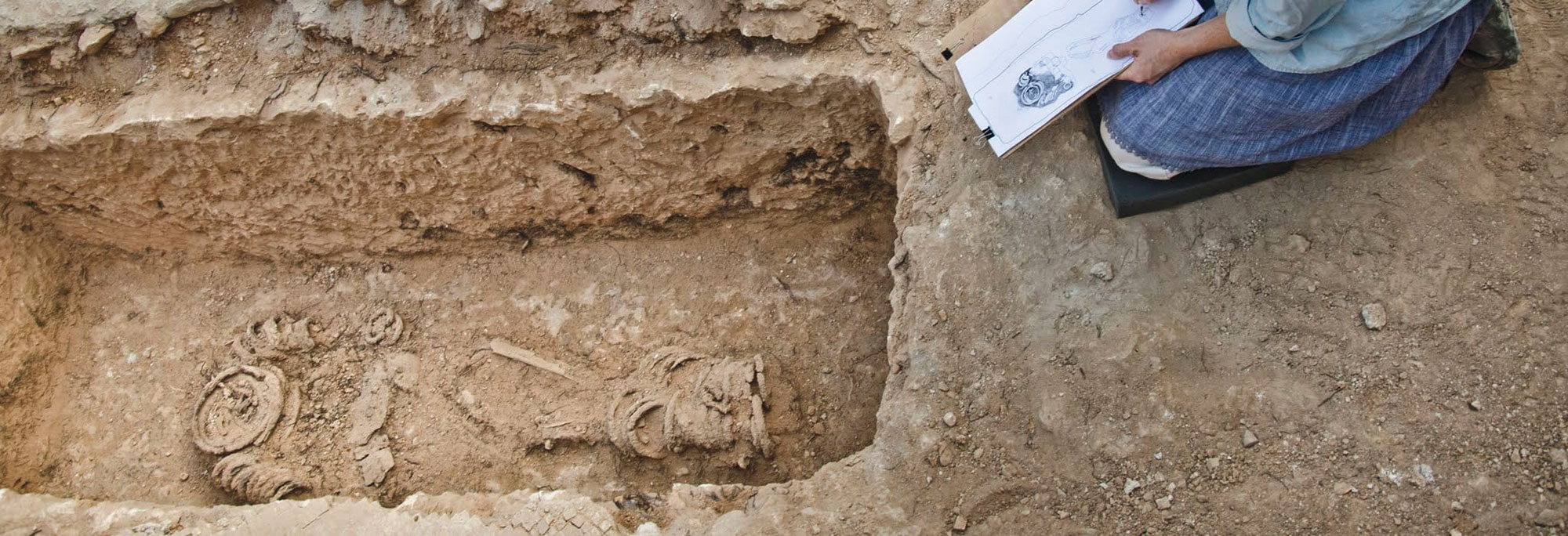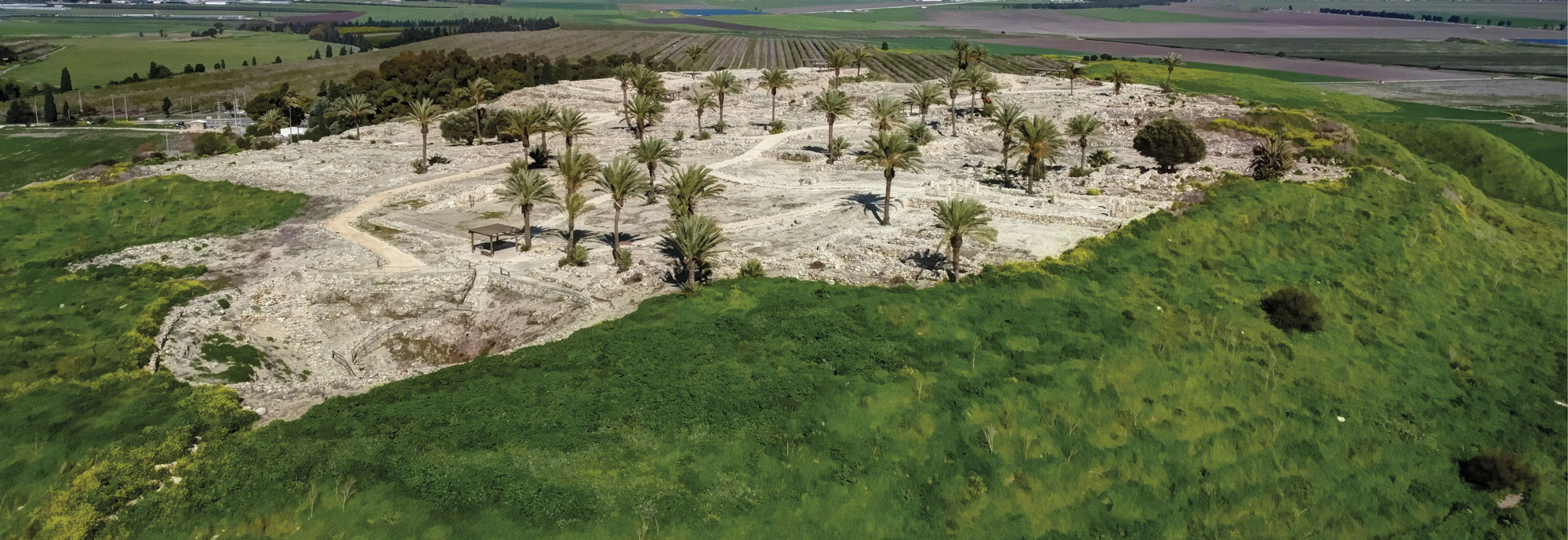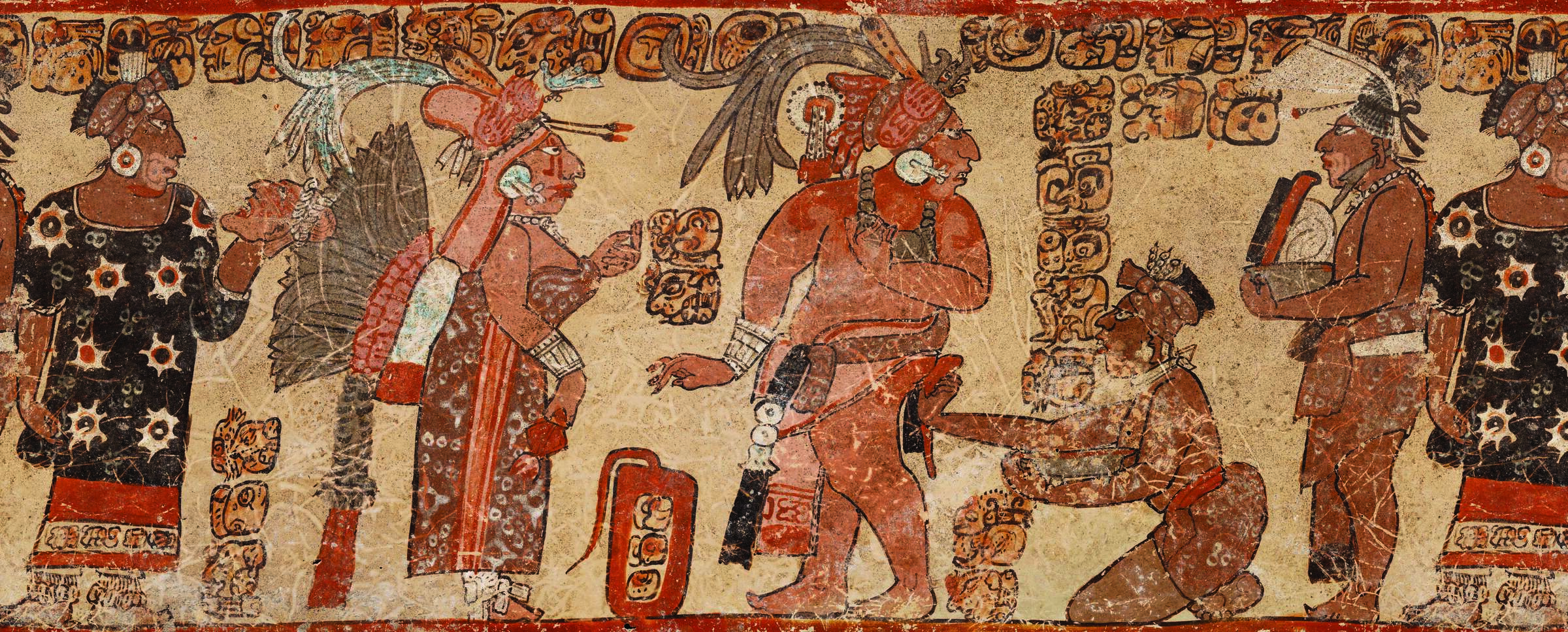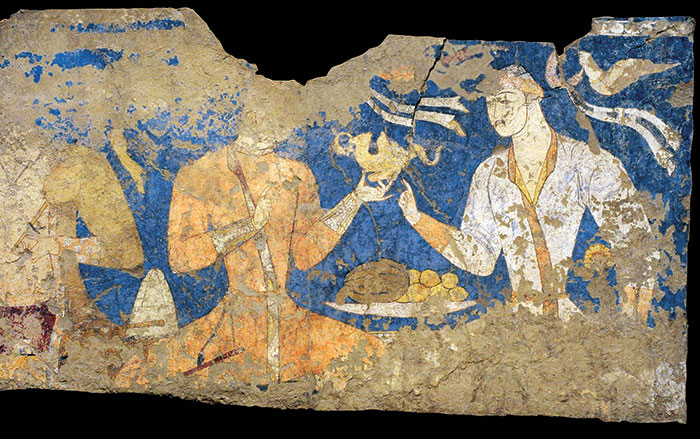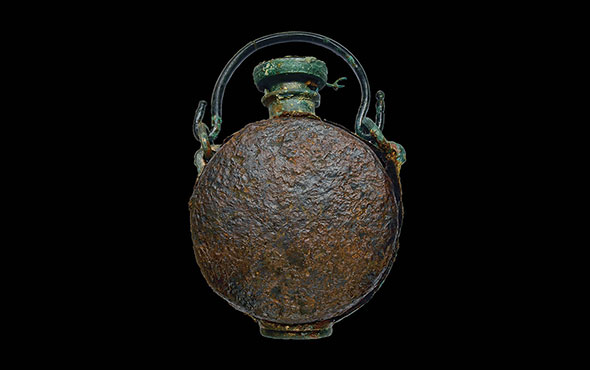
HAIFA, ISRAEL—Meir Edrey and his colleagues Adi Erlich and Assaf Yasur Landau, all of the University of Haifa, have analyzed pottery and clay figurines recovered in 1972 from an underwater site off the coast of western Galilee, according to a New York Times report. It had been previously thought that the hundreds of figurines and jars, which were found in a jumble on the seafloor, were cargo on a Phoenician ship that sank in the Mediterranean Sea some 2,500 years ago. Edrey now suggests that the items, which vary in style, were deposited as offerings between the seventh and third centuries B.C. by members of a cult devoted to fertility and seafaring. Many of the figurines bear symbols associated with the mother goddess Tanit; dolphin symbols, which are also associated with Tanit; or depict a pregnant woman carrying a child. The researchers think the pottery may have been cast into the water as a ritual or a symbolic sacrifice. The position of the hands in some of the figurines, with the right hand upright and the left below the mouth, may indicate a vow in exchange for divine favor, Edrey added. To read about a Phoenician clay mask mold, go to "Artifact."


